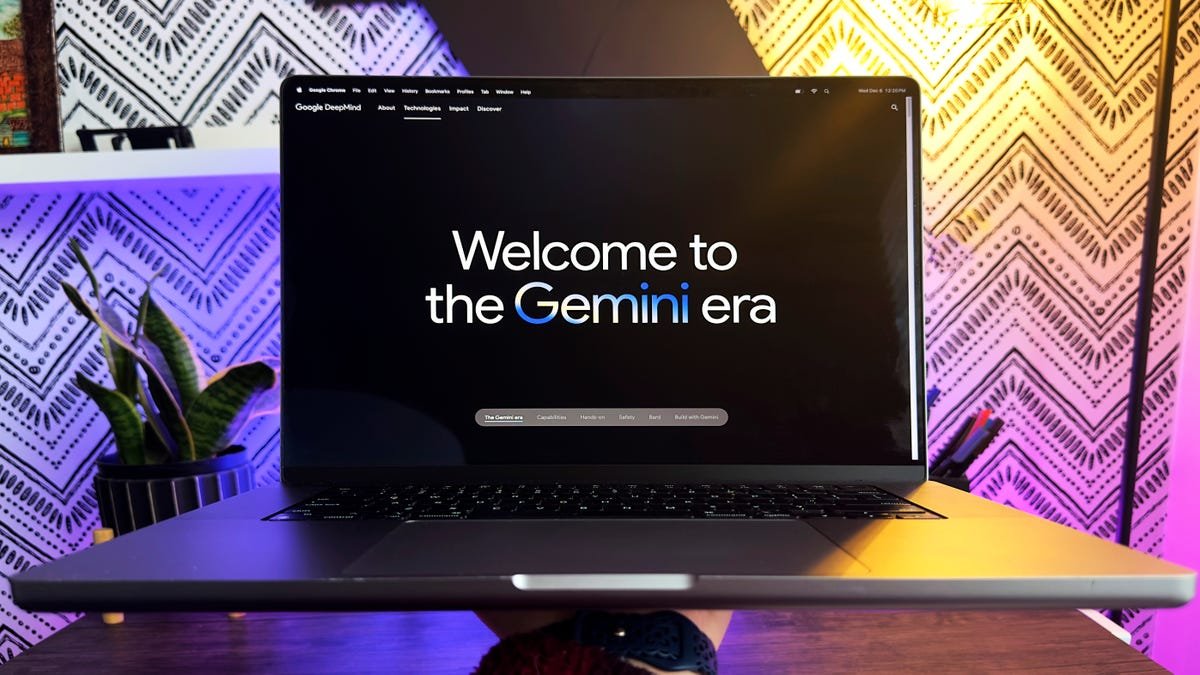The Future of Learning: Embracing AI in Education
How Educators Can Adapt in an AI-Driven Classroom
Artificial intelligence has made its way into classrooms around the globe, prompting educators to rethink their strategies as students increasingly rely on AI tools like ChatGPT to complete assignments. While many teachers are looking for strategies to combat cheating, futurist Sinead Bovell presents a revolutionary idea: instead of resisting AI, educators should harness its potential to enhance learning experiences.
Shifting Perspectives on AI in Education
Bovell, the founder of WAYE and a strategic foresight advisor, recently discussed the future of education in an AI-rich world. During her talk, she addressed a critical question that weighs heavily on the minds of many educators: How can you tell if a student’s paper was written by AI? Her provocative answer? Assume that it was—and adapt assessments accordingly.
Raising the Bar: Difficult is the New Easy
Bovell suggests educators should raise the academic standards instead of trying to ban AI tools or depend on unreliable software to detect them. She compares this evolution to the impact of calculators on math education. “The calculator meant math got harder,” she explains. “AI necessitates a similar re-evaluation in teaching methods.”
An Innovative Academic Model
Her vision is a progressive academic model where students can use AI to generate essays or reports at home; however, the real test occurs in the classroom. “Imagine a teacher assigning students to write an essay with ChatGPT, then asking them to improve, critique, or defend their work without AI assistance,” Bovell suggests. Such an approach promotes critical thinking, ensuring students comprehend the material rather than merely regurgitating AI-generated content.
The Limitations of AI Detection Tools
For those who believe AI detection software can safeguard academic integrity, Bovell delivers a sobering message: “AI detectors don’t work.” Not only are these tools often unreliable, but they disproportionately affect non-native English speakers, potentially disadvantaging them in assessments.
OpenAI’s Acknowledgment
Even OpenAI, the creator of ChatGPT, has discontinued its own AI detection tool due to its inaccuracies. Instead of participating in what Bovell calls a game of “whack-a-mole” to identify AI usage, she advocates for integrating AI into education to enhance learning rather than undermine it.
Engaging with Critics
Bovell’s assertions have ignited a heated debate on social media, notably leading to her video going viral on LinkedIn. Many viewers enthusiastically support her perspective, emphasizing the need for education to evolve with technological advancements. One user poignantly remarked, “Education currently treats students like factory workers instead of fostering intellectual curiosity.”
The Artistic Touch in Education
Not all reactions have been supportive, however. Some critics vehemently oppose the idea of inviting AI into student workspaces. They argue that teachers should focus on inspiring students to appreciate human creativity and emotional connections instead. “Tell them why they are beautiful. That life on this planet is fragile,” wrote one commentator.
Bovell’s Counterpoint
Despite such criticisms, Bovell stands firm in her belief that AI should not replace human learning but should elevate it. She responded to one comment by emphasizing, This is why education needs to be entirely redesigned to ensure the learning isn’t short-circuited.
Embracing AI: The New Normal
AI is here to stay, and so too is the challenge of maintaining academic integrity. Bovell’s approach implies that educators must embrace this technology to engage students in deeper levels of understanding. If AI can produce a basic essay in seconds, the focus should shift to students demonstrating critical thinking, refining arguments, and applying knowledge in original ways.
The Changing Landscape of Education
As classrooms worldwide navigate the rise of AI, one thing is certain: education will never be the same. The key question remains: will schools adapt to these changes, or will they fall behind in a world where knowledge is no longer simply memorized, but mastered?
Conclusion
In summary, Sinead Bovell’s insights challenge us to rethink how we approach learning in the age of AI. Rather than resisting technological advancements, educators have a unique opportunity to reshape educational experiences, ensuring students engage more meaningfully with the material at hand.
Questions and Answers
1. How does Sinead Bovell suggest educators handle AI usage among students?
Bovell advocates for raising academic standards rather than banning AI tools. She proposes that students use AI to generate work but must then improve or critique it in class.
2. Why does Bovell argue against the use of AI detection software?
She believes AI detection tools are unreliable and often flag non-native English speakers unfairly, causing an inequitable academic environment.
3. What comparison does Bovell make to explain the need for educational reform?
Bovell compares the situation to how calculators transformed math education, suggesting that AI necessitates a similar reevaluation of educational methodologies.
4. How have people reacted to Bovell’s ideas on social media?
Her ideas have sparked a lively debate, with many supporting her call for educational evolution, while others express concern over inviting AI into educational frameworks.
5. What overarching theme does Bovell highlight regarding the role of AI in education?
Bovell emphasizes that AI should not replace traditional learning but rather enhance it, urging educators to redesign educational systems to ensure meaningful student engagement with knowledge.







